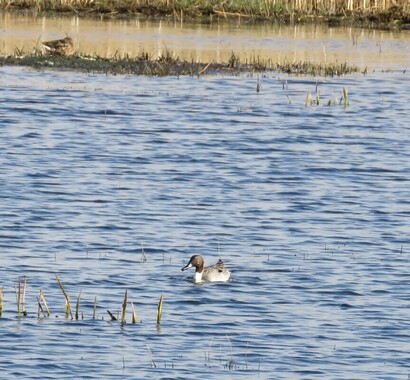 Male pintail
Male pintail Sunlight highlights, and dazzles. A south-facing hide looks directly into the sun so a huddle of birds on a sliver of land appears back-lit and in silhouette. There are snipe and lapwing amongst them. And a shouty species of birder, men with telescopes talk loudly, calling infrequently seen birds like lesser scaup and cinnamon teal. They're competitive in visual ID.
Who is listening to whom and what would we rather shut out? Somewhere in the reed-beds there will be female bittern hearing that resonating boom, so how do they respond? I once spent a long while hidden close to a male cuckoo who called and called, then at last he dropped down from the wall and mated with a female. Had his calling drawn her close? I'd been intent on watching him and she had approached silently.
Water-levels are high and sunlight penetrates alder and willow carr making striking patterns of reflected mossy branches. Against a blue sky the crowns of alder are thick with purplish catkins and willow has an aura of rosy-gold. It's a morning of wonderful light and the pools reflect fair-weather cumulus, blues, and the gold of reed beds.
We stop in our tracks along the causeway, hearing a bittern boom loudly. There are hidden channels threading through the reed beds and I wonder how these secretive birds move through the reeds in search of the silent females. Cetti's warblers call loudly, unseen. A tree creeper mouses up an alder. And tits appear in mossy branches over a waterlogged ditch. Someone has scattered bird-seed on a branch and they flit down to feed: blue tit, great tit, coal tit and the slender marsh tit. Their return to the clustered seed is a good opportunity to see marsh tit well. A few seconds is long enough for a photo-opportunity.
We're impressed by the work done by the RSPB to ensure all visitors make the most of what's to be found. There are young children here today who are having a great day out. There are notices telling of the lovely scarlet elf cup fungus, of bittern and frogs. Notices alert us to eels which the RSPB are eager to protect. And bittern will thrive on a diet which includes eel and frog.
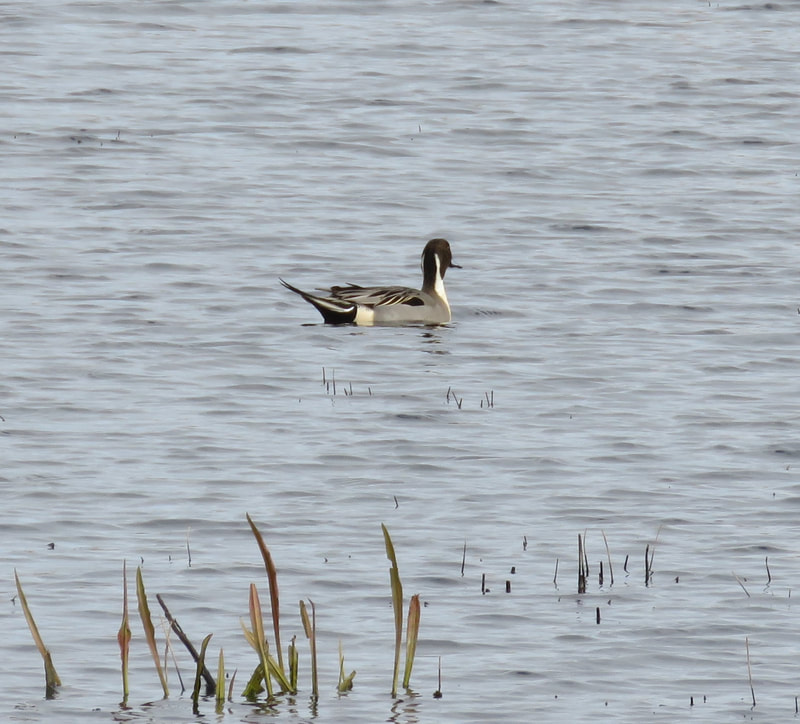
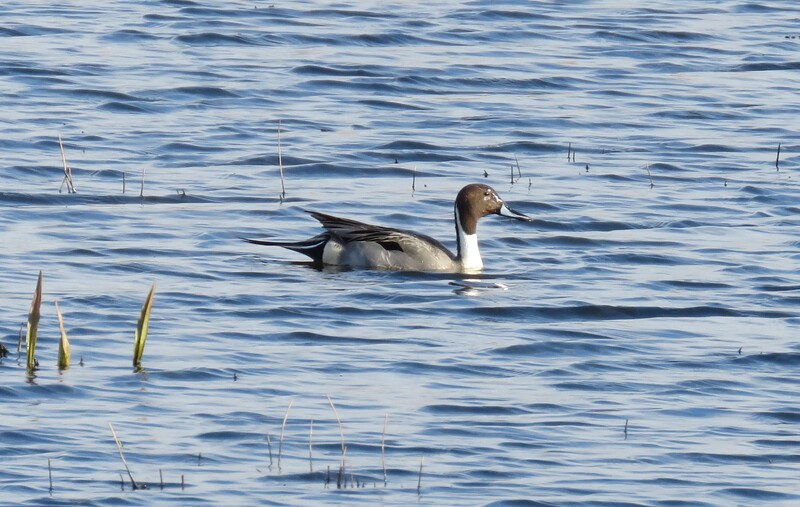

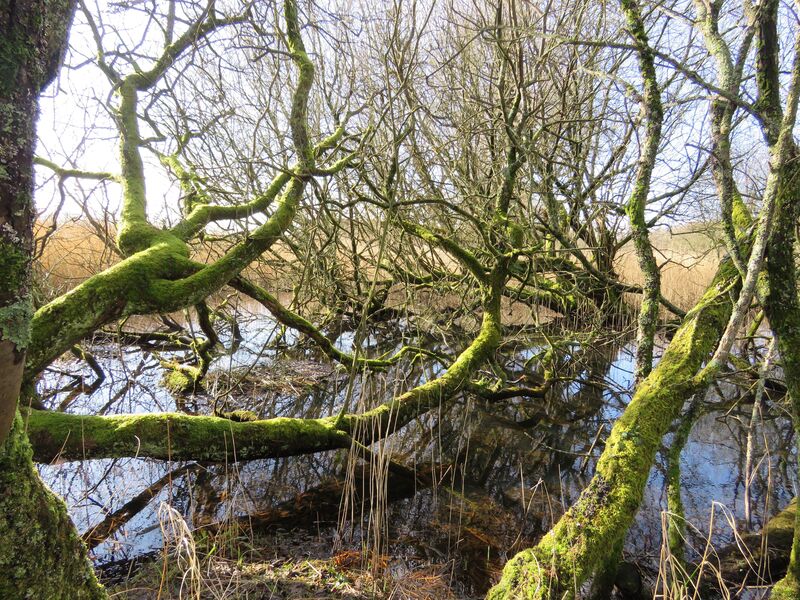
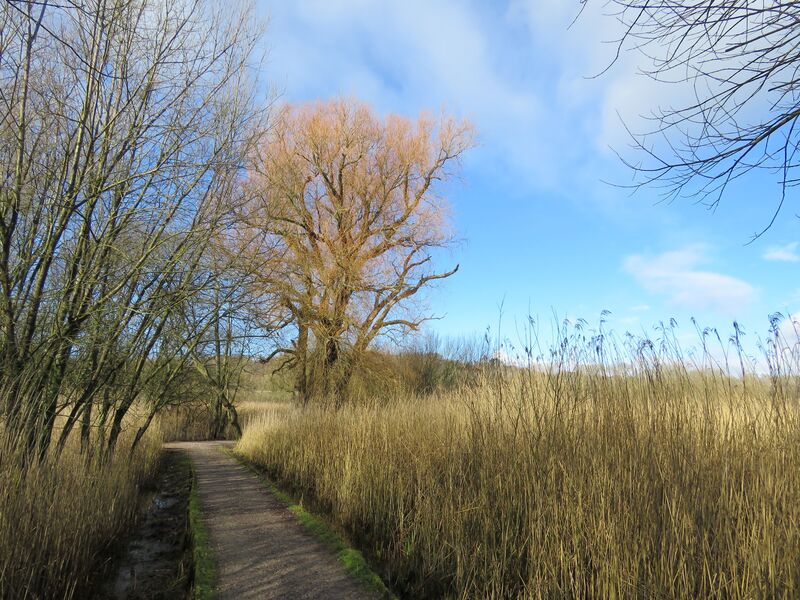

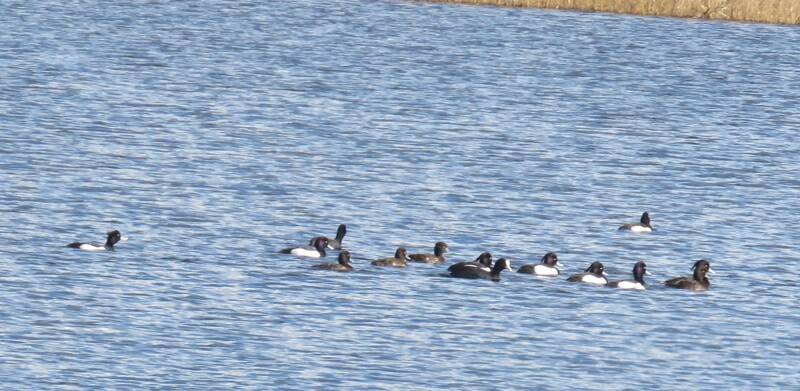
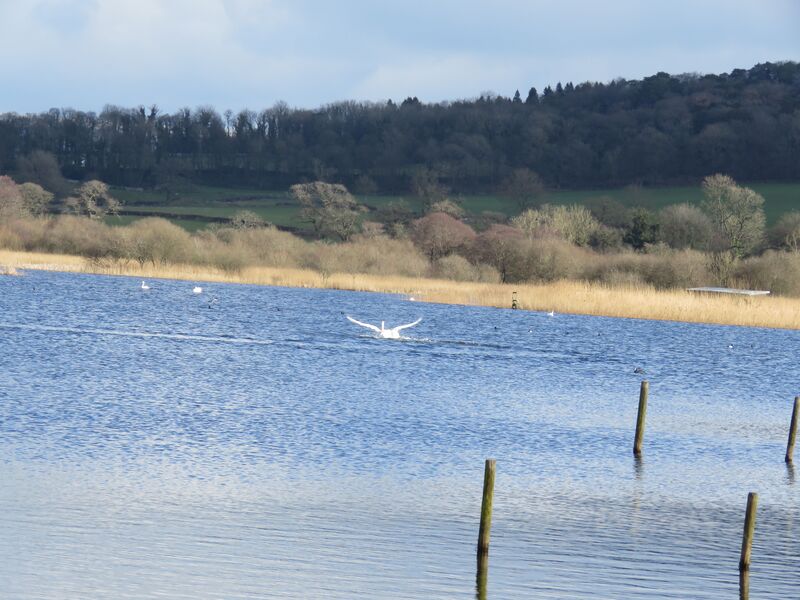

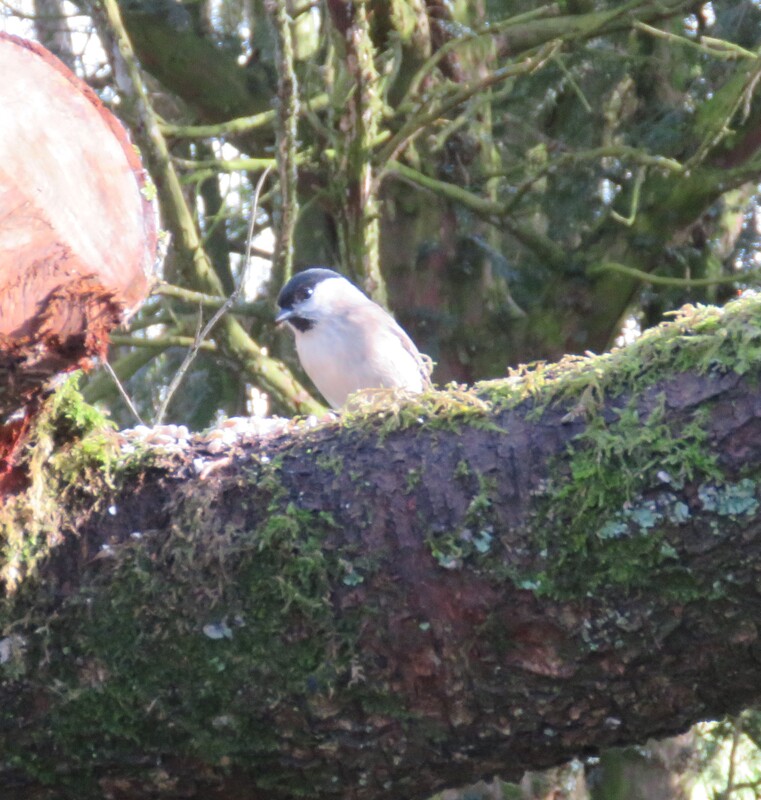
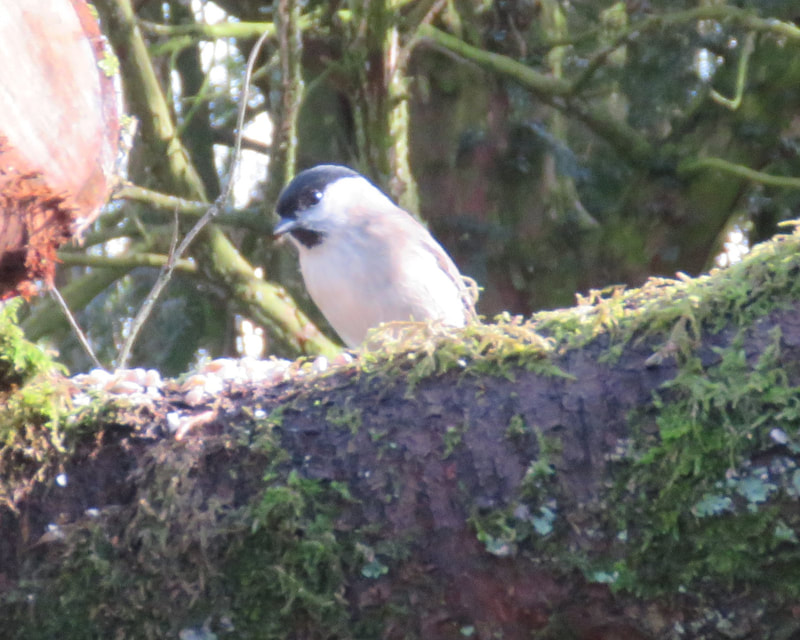
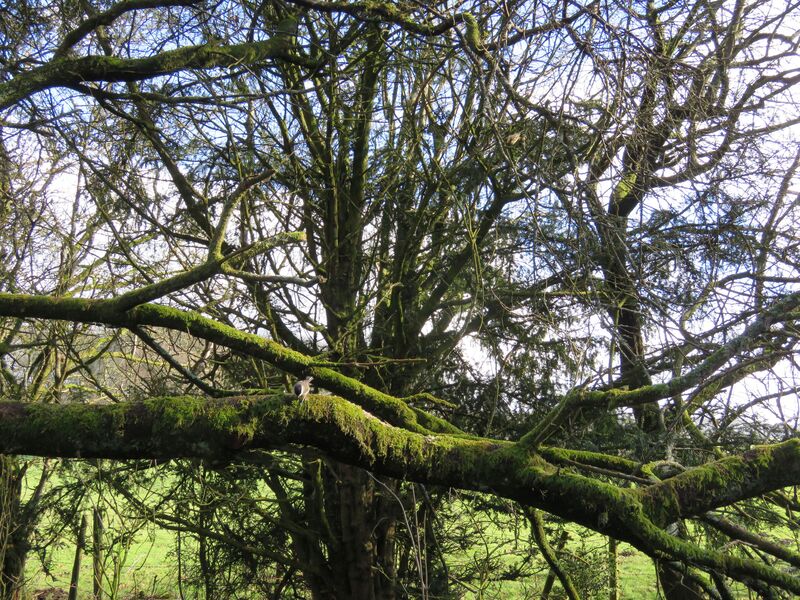
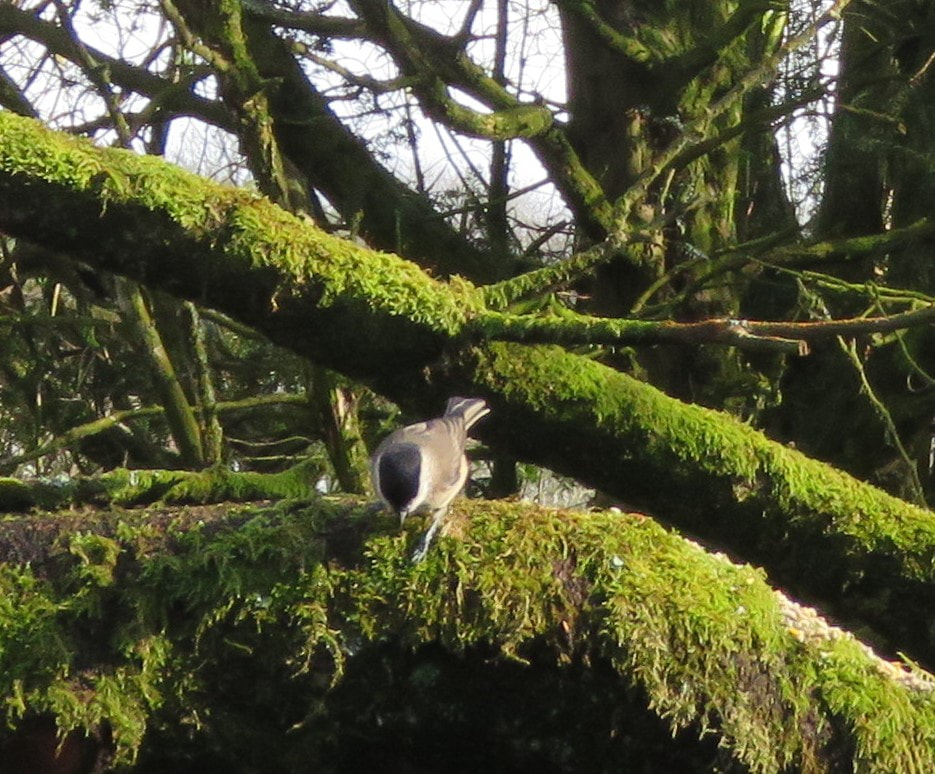
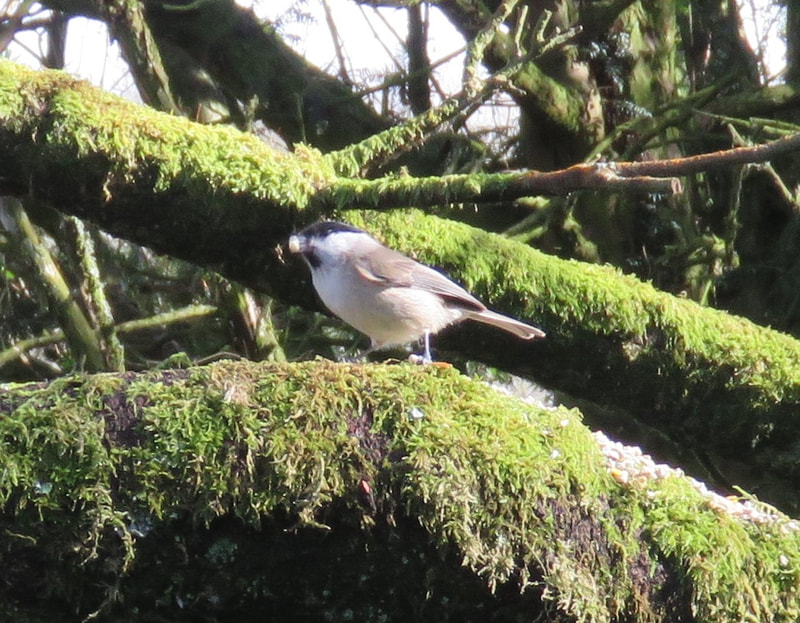
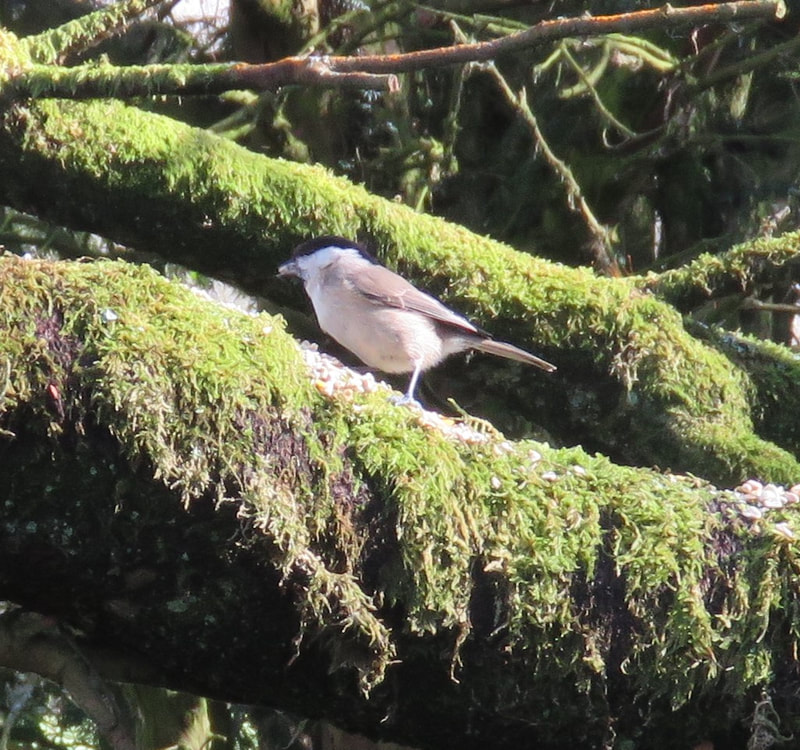
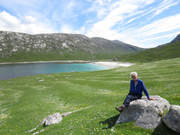
 RSS Feed
RSS Feed